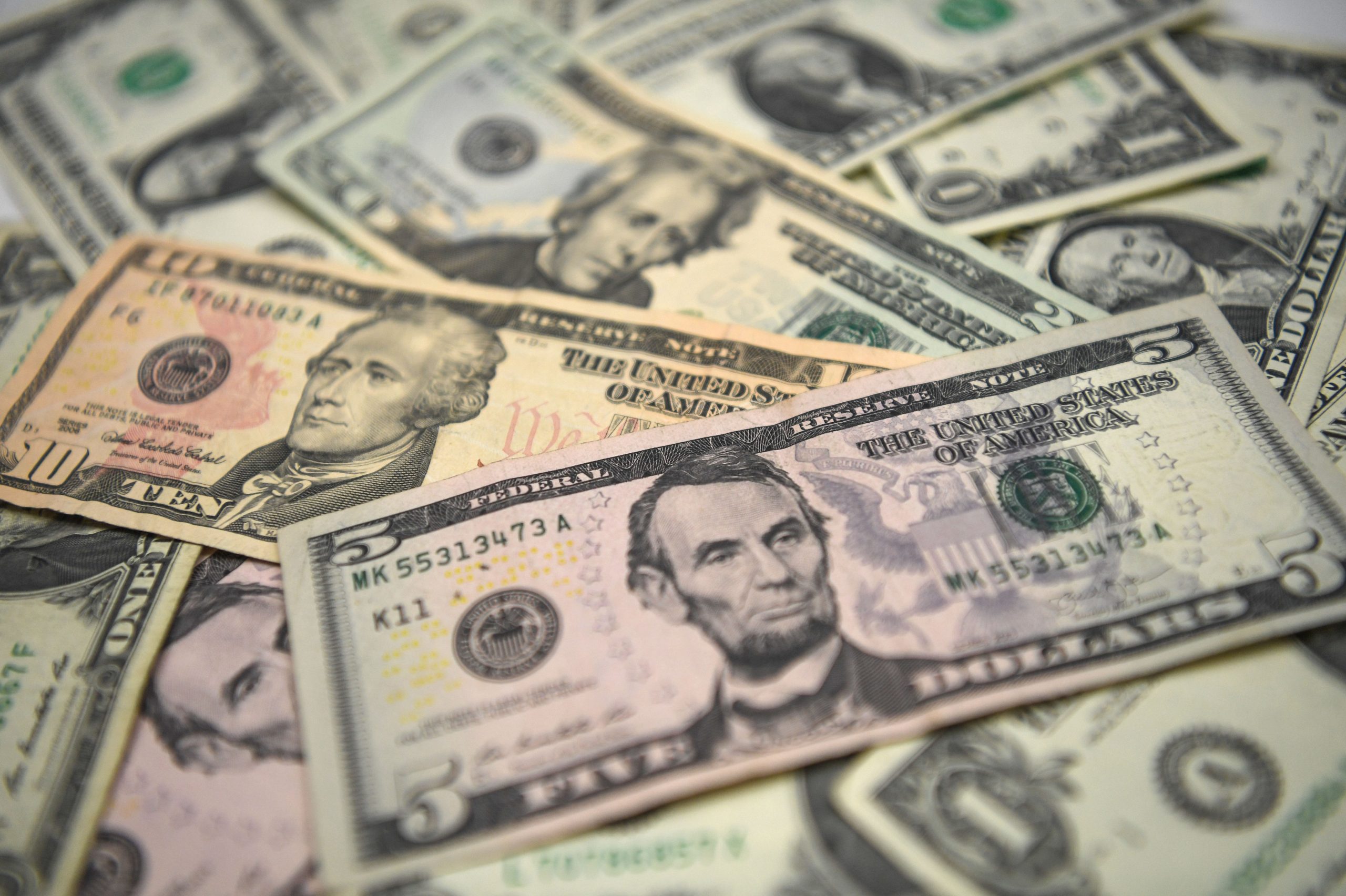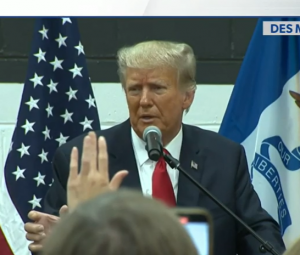Fed raises key rate by a half-point in bid to tame inflation
The Federal Reserve intensified its drive to curb the worst inflation in 40 years by raising its benchmark short-term interest rate by a sizable half-percentage point. The half-point hike in the Fed’s key rate — its largest since 2000 — raised it to a range of 0.75% to 1%, the highest point since the pandemic struck two years ago. The Fed will likely follow Wednesday’s move with the fastest pace of hikes in 30 years. The Fed also announced Wednesday that it will start reducing its huge $9 trillion balance sheet, which consists mainly of Treasury and mortgage bonds. Reducing the Fed’s holdings will have the effect of further raising loan costs throughout the economy.
Also read: Donald Trump Jr. meets Jan 6 committee: Report
Markets cheer after Powell downplays even larger rate hikes
Stocks soared to their biggest gain in two years Wednesday and bond yields dropped after Federal Reserve Chair Jerome Powell downplayed the likelihood of an even larger rate increase than the one just announced Wednesday. That allayed concerns that the central bank was on its way to a massive increase of three-quarters of a percentage point at its next meeting in June. The comments came after the Fed announced a half-point increase in its benchmark rate as part of its effort to fight inflation. The S&P 500 jumped 3%. The yield on the 2-year Treasury fell sharply, to 2.64%.
Also read: Federal judge sentences Derek Chauvin to 20-25 years in prison over George Floyd’s death
Biden showcases deficit progress in bid to counter critics
President Joe Biden is highlighting new figures showing the government’s red ink will grow less than expected this year and the national debt will shrink this quarter as he tried to counter criticism of his economic leadership and growing dismay over inflation going into midterm elections that will decide control of Congress. The dip in the national debt is an achievement that eluded former President Donald Trump despite his promises to improve the federal balance sheet. Strong job gains over the past 16 months have increased total incomes and led to additional tax revenues. That means this fiscal year’s budget deficit will decline $1.5 trillion, better than initially forecast. Still, the long-term outlook is problematic.
The S&P 500 surged 124.69 points, or 3%, to 4,300.17. The Dow Jones Industrial Average jumped 932.27 points, or 2.8%, to 34,061.06. The Nasdaq rose 401.10 points, or 3.2%, to 12,964.86. The Russell 2000 index of smaller companies added 51.07 points, or 2.7%, to 1,949.92.







